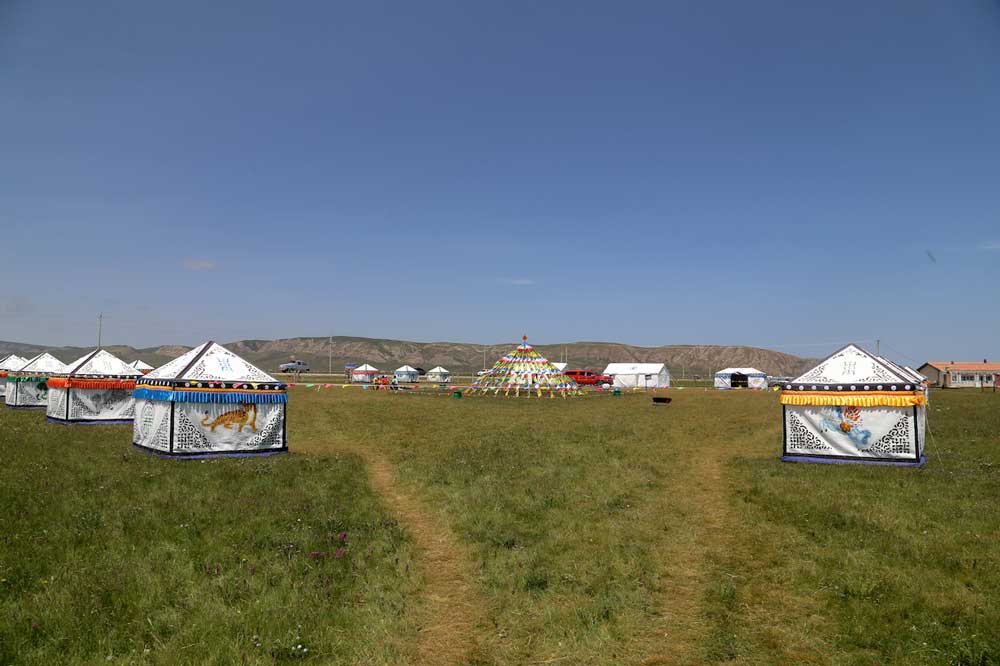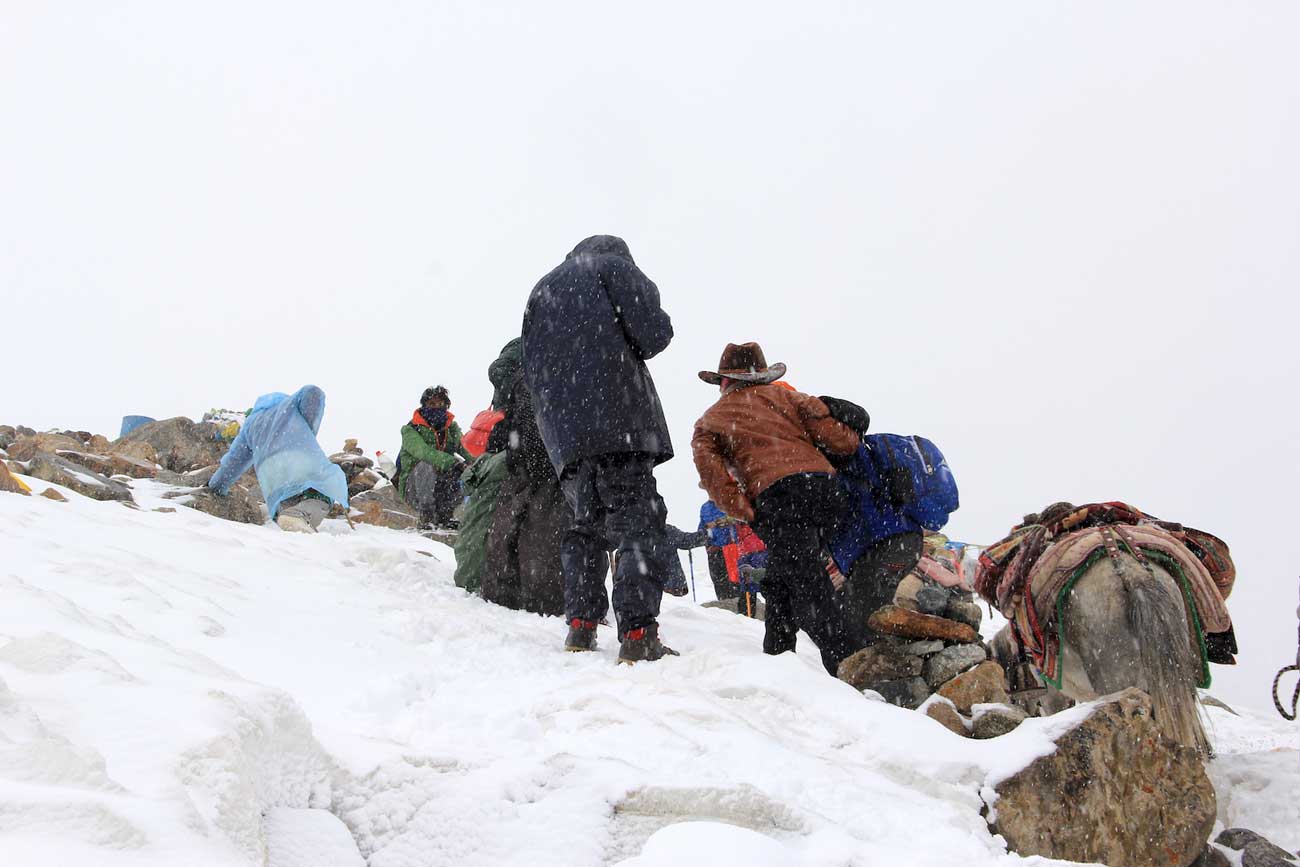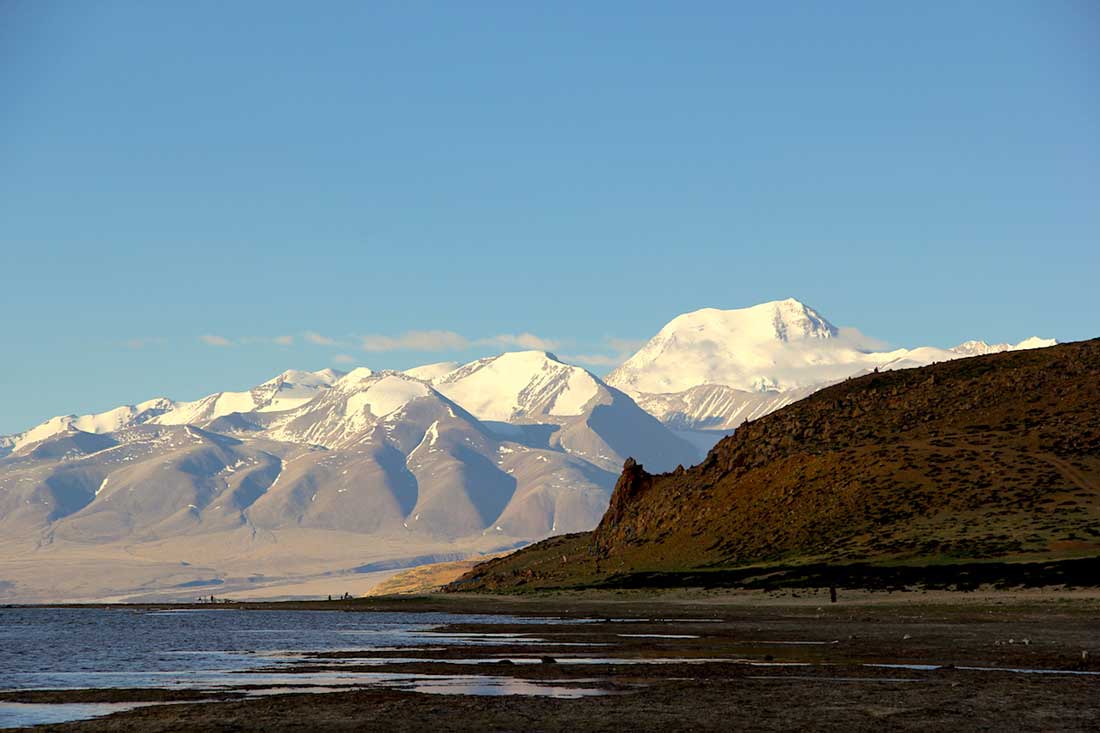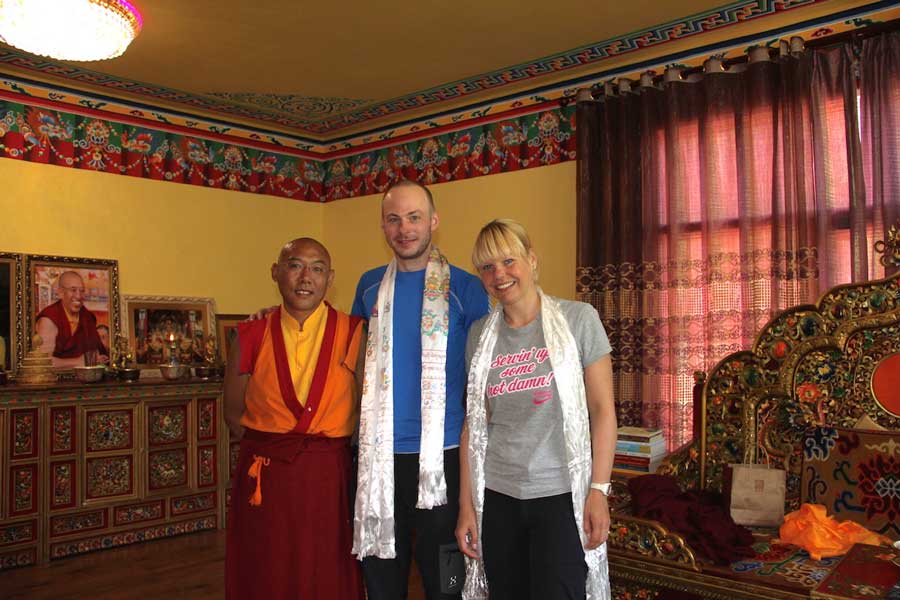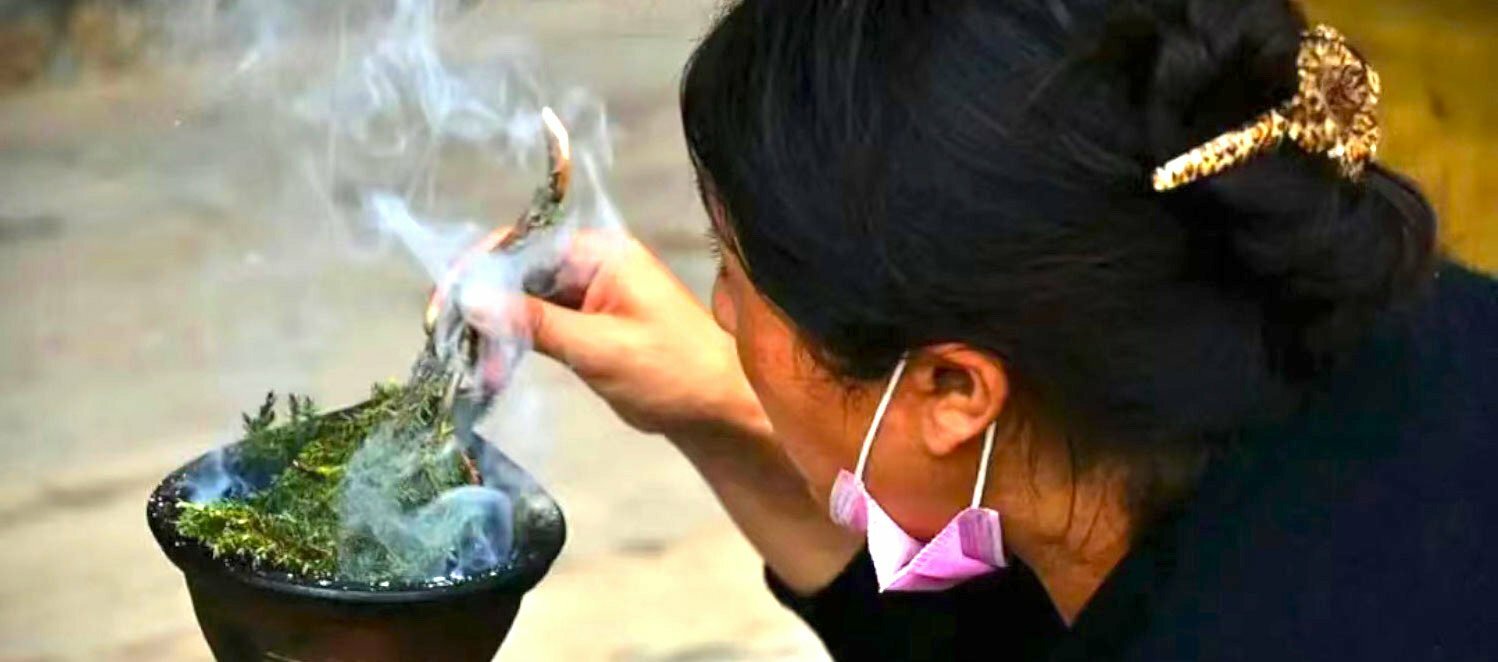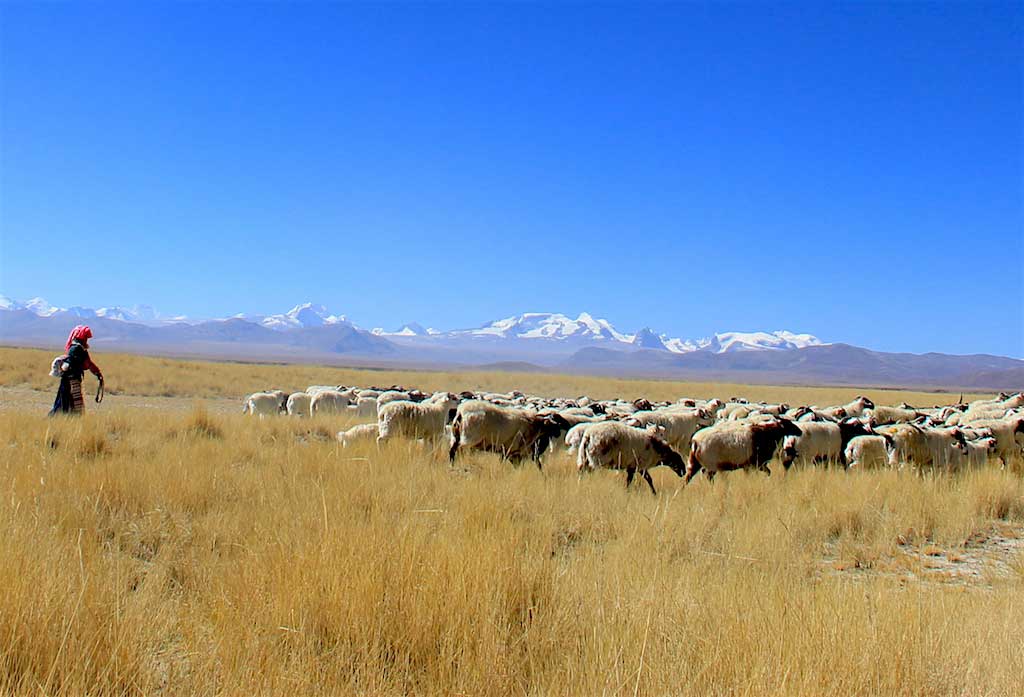Tibetan Medicine
Tibetan medicine is a holistic approach to health. Formalized in the seventh century, Tibetan medicine synthesizes indigenous medical traditions as well as traditions from ancient India, China, Persia, Unani and Greece. It has a rich and dynamic history demonstrated by its highly developed remedies and treatments. Today, different components of Tibetan medicine are practiced around the globe. From small clinics to in-patient hospitals, from rural towns to large cities, Tibetan medicine is becoming an increasingly available alternative to the Industrial Medical Complex, or “Western Medicine” as some may call it.
The cornerstone and key treatise of Tibetan medicine is a text known as the Four Tantras (Gyushi). It is generally accepted that this native Tibetan text was a compilation effort by Tibetan physicians, initially started in the seventh century A.D. and completed during the 12th century A.D. Found within this text, and in the practices of Tibetan medicine, are the influence of thousands of years of observational medical history. Texts brought from India, which were the same texts that seeded the development of Ayurveda, added key insights to what became Tibetan medicine, and the second and third Dharma Kings are said to have convened physicians from India, China, Persia, and Dolpo who produced treatises and later staged the first ever Tibetan medical conference at Samye Monastery.
[spacer height=”20px”]
The Three Nyepas
Essential to this text and to Tibetan medicine as a whole is the balance between the three nyespas, Tripa, Baekan, and Loong. Tripa corresponds to metabolic functions, blood and vascular processes, inflammation, some infections, and thermoregulation of the body (often described as “heat”-related processes in the body). Baekan corresponds to mucosal and membranous functions, muscular, fat and osteopathic conditions (often described as “cold”-related processes). Loong is connected with neuroendocrine functions, variants of emotion, stress, tension, and the transport of mental functions (translated as “wind” in the body).
Tibetan medicine’s roots in Buddhist theory are clearly illuminated by the derivation of the three nyespas from the physiologic and neuropsychological functions of the three mental poisons, aversion (produces Tripa), delusion (Baekan), and attachment (Loong). Those who often become angry, are short-tempered, and quarrel easily, for example, may be more prone to Tripa imbalance. Imbalances in these three nyepas lay at the heart of disturbances in general health and well-being. An imbalance may manifest as anything from anxiety to liver disease. In line with this cause-and-effect view, crucial to the treatment of illness, and to the preventative maintenance of balance, is an informed examination of the root causes rather than the expression of their symptoms. The relative proportions of the three nyepas are affected by a myriad of factors. Among these are diet, lifestyle, behavior, and the five elements.
[spacer height=”20px”]
The Five Elements of Tibetan Medicine
In Tibetan medicine, matter is divided into five elements Fire, Earth, Wind, Water, and Space. The elements are, in short, representations of different properties. Fire, for example, represents heat, produces transformation, and is often connected to gastrointestinal functions. Earth expresses stability and is especially important to the bones, muscles, and cells. Wind represents and creates movement. Wind affects and is important to the function of the nervous system. Water represents moisture and among other things, affects the production of fluids in the body. Space, the most abstract of the five elements, represents the potential for existence and the metaphorical room for creation.
Each of these elements is, in turn, representative of one of the five senses: Fire and sight, Earth and smell, Wind and touch, Water and taste, Space and hearing. In addition to being an important aspect of Tibetan medicine, the five elements, and various forms thereof, are also fundamental to the different lineages of Tibetan Astrology. In fact, medicine and astrology are highly integrated and are necessarily studied together.
[spacer height=”20px”]
Tibetan Medicine and Astrology
The internal expression of the five elements within the human body is a metaphorical microcosm of the way these elements function externally in the physical world. Knowledge of one’s birth chart as well as the time and conditions of birth are essential to both medical treatment and accurate astrological readings. Like Tibetan medicine, Tibetan astrological tradition is an amalgamation of different knowledge systems with a similarly long history of growth and synthesis. Both systems developed indigenously and were traditions transmitted orally even after the invention of the Tibetan script during the seventh century A.D.
It was also during this time, the time of the first Dharma King, that Chinese astrological texts were translated into Tibetan. Wenchen Kongjo, the Chinese bride of the first Dharma King, Songtsen Gampo, and princess of the Tang Dynasty, was herself an avid astrologer. She brought with her to Lhasa, many important Chinese astrological texts and conducted calculations to determine the auspicious placement of many temples, the most notable of said temples being none other than Lhasa’s Jokhang.
Astrology examines the relationships between elements and as the macrocosm of the body, is therefore a useful tool for determining diagnosis and treatment in Tibetan medicine. Today astrological readings are important for everything from construction projects to marriage and remain an important tool for understanding health.
[spacer height=”20px”]
Tibetan Medicine, Diagnosis and Treatments
Visiting a Tibetan doctor usually requires a day of rest abstaining from caffeine, alcohol, excessive talking or action, and anything else that may cause a temporary imbalance of energies. Consultations will differ but normal means of diagnosis can include any of the following elements: an inquiry as to current and pre-existing health conditions, an examination of external appearance (including an examination of the tongue) and urine analysis, and the taking of pulses. Tibetan physicians are trained thoroughly in sensory perception. They analyze urine samples without the assistance of laboratory technologies and are trained extensively to decipher the various pulses of a given patient. After diagnosis, there are many options for treatment and prevention.
One of the oldest treatments is moxibustion, a Tibetan practice of applying fire or heat to blocked energy pathways and points in the body, and to reinitiate proper heat generation and pathways in the body. There are various levels of intensity to moxibustion, ranging anywhere from the burning of herbs to hot oil compresses on points. Other forms of prescribed treatment include massages, baths, herbal medicines, and Tibetan needle therapy, similar to acupuncture. Herbal medicines are produced in pill, powder, decoction, medicinal paste, syrup, and medicinal butters and beers. Many forms require administration with boiled water which has cooled, shortly before or after eating, as according to the doctor’s orders. The plants, minerals, gems and other constituents which comprise these herbal medicines have historically grown wild and been harvested by hand across the plateau. Attempts to cultivate the medicinal plants are underway but have met with limited success.
The effectiveness of a course of Tibetan medicine also hinges on personal modifications of diet and behavior. Patients may be asked to refrain from alcohol or cold foods, from talking too much, or from becoming angry. Successfully applying these changes and properly following recommendations for treatment, taking medicines, etc., may not display immediate results. But if reading has peaked your interest, be patient and give it a try. Tibetan medicine is slow, intentional, and holistic; it is more than a pill. It is a treatment of the heart, the mind, and our greater well-being.
Please contact us if you are interested in Tibet tours for Tibet medicine attraction.
[spacer height=”20px”]
Essential Internal & External Links That May Help You:
Reservation Policy | Chinese Visa Application | Tips for a Budget Tibet Tour | Tibet travel permit | About Us | Our Travel Team | Local Community Project![]() | Why Choose a Local Travel Agency | Our Privacy Policy | Tibet Group Visa | How to Visit Tibet | Trekking Adventures | Our Office Direction Plan a trip to Amdo | Festival Dates | Qinghai Tibet Railway | Most Asked questions Tibet travel guide | Plan a trip Tibet | Qinghai Tour | Plan a trip to Tibet | Visa for Pilgrims
| Why Choose a Local Travel Agency | Our Privacy Policy | Tibet Group Visa | How to Visit Tibet | Trekking Adventures | Our Office Direction Plan a trip to Amdo | Festival Dates | Qinghai Tibet Railway | Most Asked questions Tibet travel guide | Plan a trip Tibet | Qinghai Tour | Plan a trip to Tibet | Visa for Pilgrims


